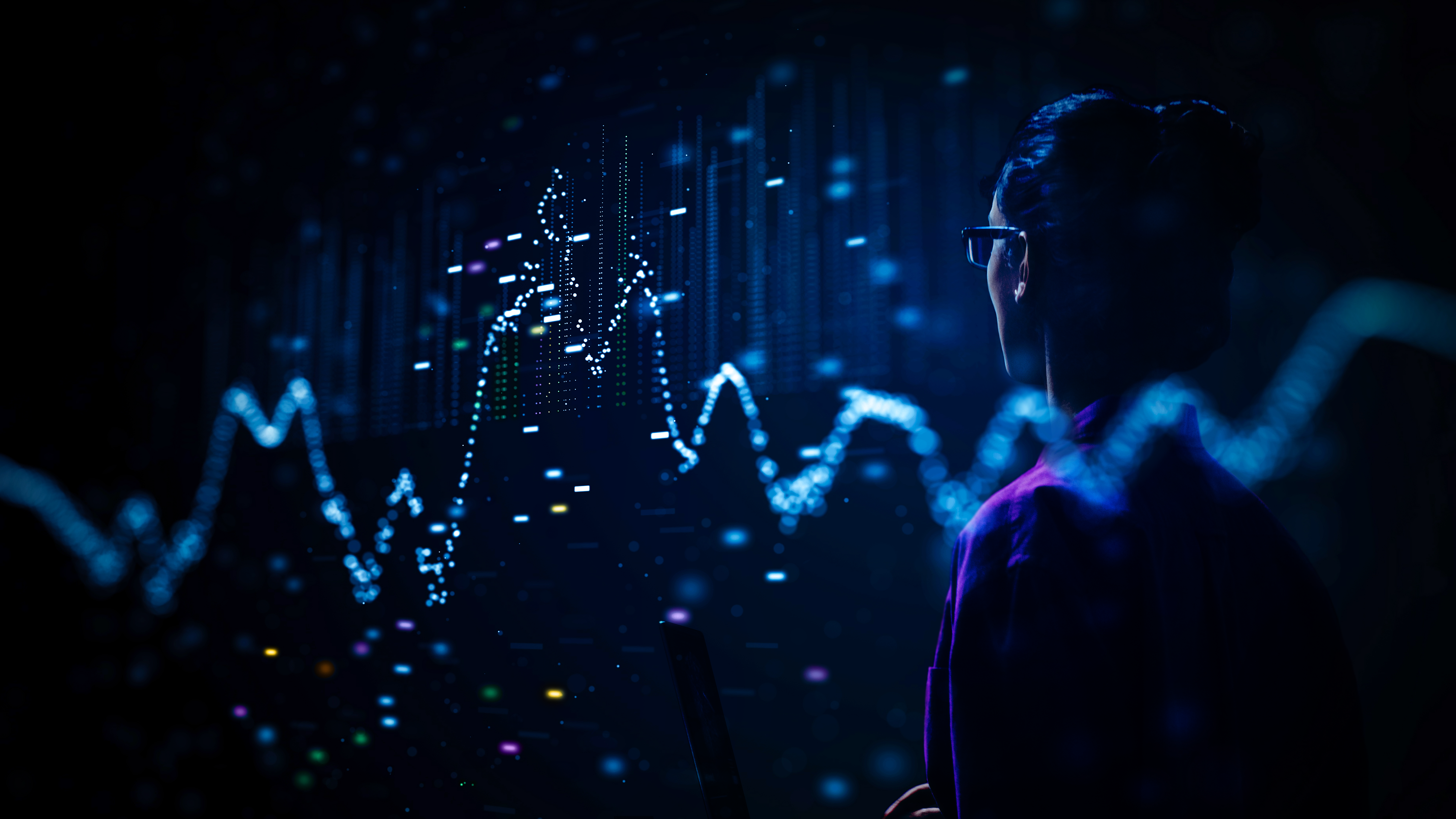Network energy performance benchmarking is critical as operators work to cut energy costs and achieve sustainability targets
Several network key performance indicators (KPIs) are relatively easy to understand and relatively simple to measure. Communications service providers (CSPs) themselves, their users and third-party organizations regularly measure and report speed and coverage data. But in the 5G era, things are changing. Speed and coverage are still important, of course, but spiking energy costs, operational cost pressure and long-term commitments to carbon reduction shine a light on the need to expand those traditional KPIs to also include network energy performance. But unlike speed and coverage, measuring network energy performance (and contextualizing it alongside other metrics) isn’t quite so straightforward.
Given the pressing need for companies, countries and industries to reduce power consumption and greenhouse gas emissions, Ericsson is advocating for the telecommunications industry to redefine the best network with an emphasis on delivering sustainable 5G. A big piece of this effort is fostering a holistic approach to network performance benchmarking by including energy performance along with more traditional network KPIs.
And the company has delivered a range of portfolio enhancements that let CSPs increase energy efficiency in a wide range of deployment scenarios. The next step is helping their customers, and the larger telecoms industry, understand not just why network energy performance benchmarking is important, but how it can be done in a manner that addresses challenges around availability, accuracy, granularity, comparison and volume.
Taking stock of where the industry is today and where it’s going, Ericsson North America Head of Networks Robert Johnson said, “A focus on dynamic programmable networks will be crucial for enhancing energy efficiency and sustainability. Matching network capacity with traffic demand can enhance performance without increasing energy consumption. Observability is paramount: detailed counters and standardized data from both legacy and modern equipment offer real-time insights, empowering operators to effectively manage network energy performance for a sustainable future.”
While the radio access network (RAN) accounts for the lion’s share of network energy consumption—87% according to GSMA Intelligence research—making it the focus for efficiency efforts, a comprehensive view of network energy performance includes radios, basebands, rectifiers, cooling units, additional site support components and other network elements is crucial to a holistic strategy. Developing this set of information involves aggregating data from counters from various parts of the network. But, again, it’s not that simple. Pulling telemetry off of data counters assumes those counters are in place throughout modern and legacy equipment, and there’s a related challenge around normalizing and structuring data from disparate sources in a manner that preserves accuracy and granularity making comparison possible.
Another important focus area here for individual operators and the industry collectively is how to measure network energy performance. One method would be to look at data volumes that traverse the network and how much power it takes to do that; this measurement would be kilowatt hours/gigabyte. But the ability to understand kilowatt hours/gigabyte is just one piece of the puzzle. Operators also need to consider the quality of that data transmission which relates to quality of end user experience.
Big picture, whichever strategy an operator or industry consortia agrees to, the key pieces are:
- Observability: deciding the granularity of what to measure with what counters and from which parts of the network, and how to do it so comparison and progress can be measured.
- Gaining insights: turning that data and reporting into a strategy.
- Target setting: putting that strategy into action with specific outcomes that contribute to larger sustainability strategies.
- Choice: having access to the right hardware and software, and services, needed to work that strategy and hit those targets without impacting the quality of end-user experience.
“Network energy performance benchmarking is essential for balancing high performance with energy efficiency and sustainability. Our report shows it’s possible to simultaneously enhance user experience and reduce environmental impact,” Johnson said. “Analyzing metrics like kilowatt-hours per gigabyte (kWh/GB) alongside user experience is the foundation of a holistic approach that the industry needs to adopt.”
Johnson continued: “Let’s lead the charge towards more sustainable telecommunications by implementing network energy performance benchmarking. Optimizing energy consumption while enhancing network performance sets the bar higher for the entire industry. Integrating data from both legacy and modernized equipment to create accurate benchmarks and achieve near real-time observability is crucial for making impactful decisions.”
Use this content library to get more information on how 5G can be deployed and scaled more sustainably without compromising user experience:
- Empowering sustainability: A guide to network energy performance benchmarking
- Case study: Ericsson Energy-smart 5G Site
- Sustainable networks: The RAN modernization guide
- Report: Reduce network energy with our three-step approach
- Article: Redefining the best 5G network—energy efficient, high performing and sustainable
- Article: The climate science is clear—5G operators have a key role to play in meeting global sustainability goals
- Report: On the road to breaking the energy curve–a key building block for a net-zero future
- Article: As operators scale 5G, sustainability is a business imperative
- Podcast: The Voice of 5G—network energy efficiency and new 5G statistics
- Article: For 5G and beyond, energy is as important as RAN, core and transport
- Article: With the transition to 5G, operators can achieve societal, financial and environmental goals

